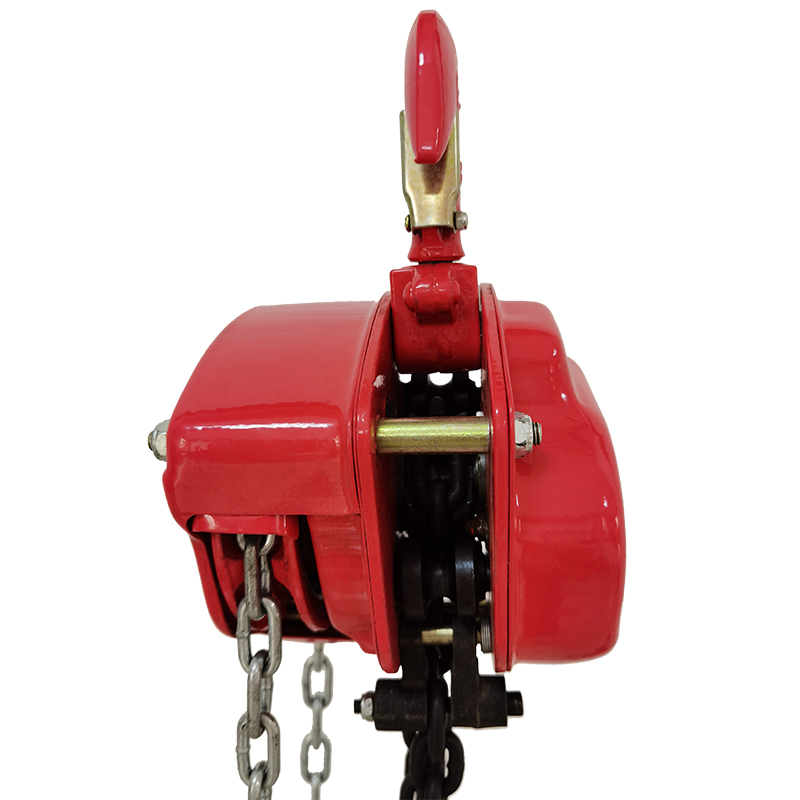


Understanding Chain Block Lever A Key Component in Mechanics
In the realm of mechanical systems, the chain block lever plays a crucial role in lifting and moving heavy loads with ease. This simple yet effective device has found applications in various industries, from construction to manufacturing, showcasing its versatility and efficiency. In this article, we will explore the fundamental principles behind chain block levers, their components, and their practical applications.
What is a Chain Block Lever?
A chain block lever, commonly referred to as a chain hoist, is a type of lifting device used to raise and lower heavy objects. It operates using a chain and a system of gears or pulleys, allowing the user to lift heavy loads with minimal effort. The basic principle behind the chain block lever is based on the mechanical advantage afforded by the geometry and arrangement of its components.
Components of a Chain Block Lever
1. Chain The most essential component, the chain provides the necessary loop through which the load is suspended. It is designed to handle significant weight, ensuring safety and reliability during operation.
2. Hook The hook is used to attach the load securely. It often comes with safety latches to prevent accidental disengagement.
3. Lever Arm This is the handle that the operator uses to manually engage the lifting mechanism. When the lever is pulled or pressed down, it moves the gears or pulleys, effectively lifting or lowering the load.
4. Gear Mechanism The gear mechanism amplifies the force applied by the lever. This consists of a series of interlocking gears that transfer the operator's effort into a greater lifting force.
5. Brake System Safety is paramount when working with heavy loads. A chain block lever typically features a brake system that ensures the load remains securely in place when lifting or lowering, preventing accidents.
Principles of Operation

The operation of a chain block lever can be summarized by the concept of mechanical advantage. By pulling on the lever, the user exerts a small amount of force over a longer distance, which is then transformed into a larger force over a shorter distance at the load. This principle allows the operator to lift much heavier objects than could be managed by direct effort alone.
The specific mechanical advantage (MA) can be calculated by the ratio of the load’s weight to the force exerted by the user. For example, if a chain block lever allows one to lift a 1000 kg load using a force equivalent to pulling down on the lever with just 200 kg of force, the mechanical advantage can be calculated as 1000 kg / 200 kg = 5. This means the user can lift five times their own weight with the chain block lever.
Applications in Industry
Chain block levers are used across various sectors due to their efficiency in lifting and moving heavy loads. Here are some common applications
1. Construction Sites For lifting heavy materials such as steel beams, concrete blocks, and machinery components. Chain block levers significantly reduce the risk of injury and fatigue among workers.
2. Warehousing Essential for moving pallets of goods from one level to another, especially in environments with limited space. They facilitate vertical movement and optimize storage efficiency.
3. Manufacturing Used in assembly lines for lifting heavy machinery parts and components which improves workflow and productivity.
4. Maritime Operations Chain block levers are critical in shipyards for loading and unloading cargo, ensuring the safety and stability of operations.
5. Automotive Repair Mechanics often use chain hoists to lift engines and heavy body components, making repairs and maintenance more manageable.
Conclusion
The chain block lever is an indispensable tool in many industries, providing a safe and efficient way to handle heavy loads. Understanding its components and operating principles not only highlights its importance but also encourages safer practices in material handling. By leveraging the mechanical advantage of chain block levers, professionals can improve their workflow, enhance safety measures, and ultimately increase productivity in their respective fields. As industries continue to evolve, the role of such mechanical systems will undoubtedly remain vital in meeting the demands of modern engineering and construction.



